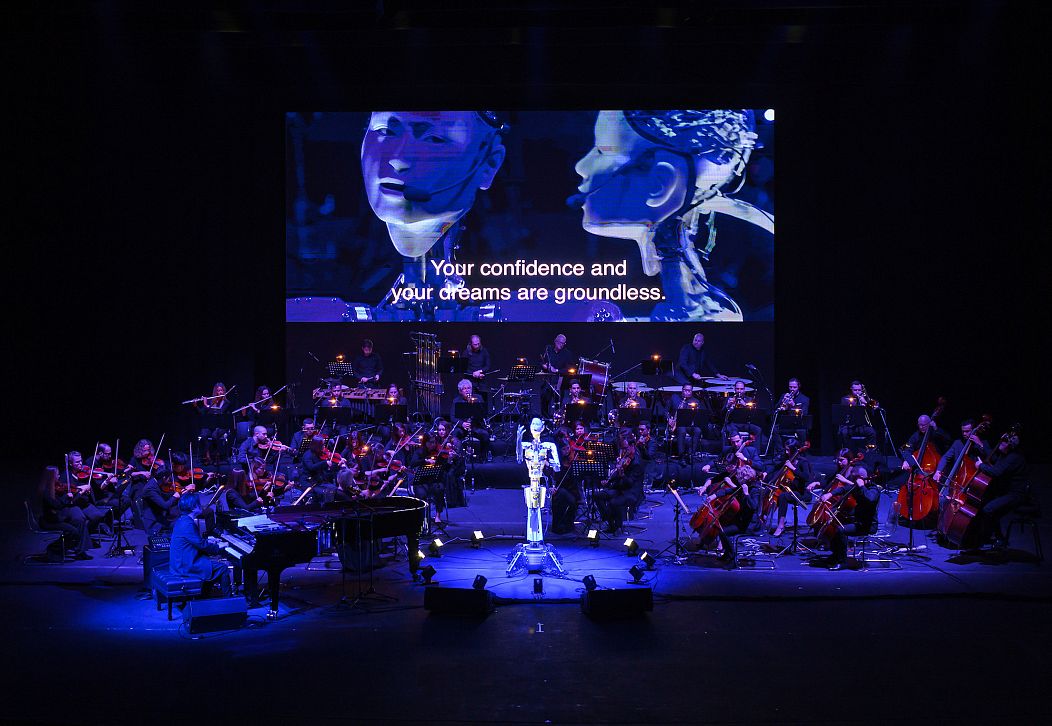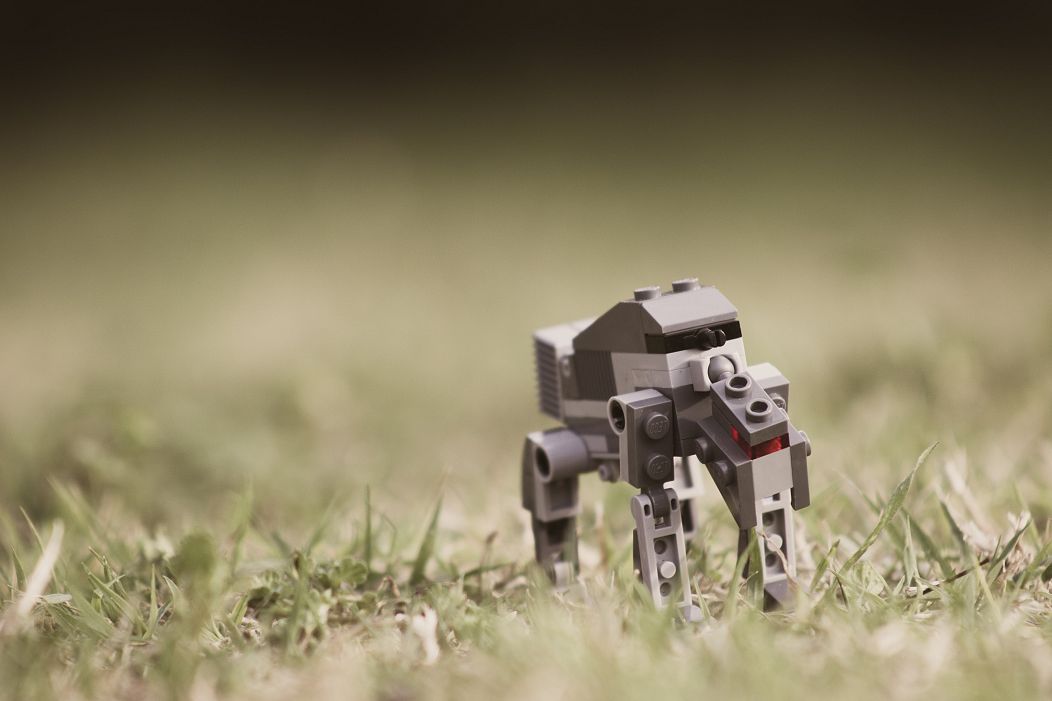Do artifical intelligence and music go together?
Alter 3 is the robot taking the music industry by storm, as the conductor of a new ‘Android Opera’, entitled Scary Beauty.
Keiichiro Shibuya is the Japanese composer who wrote the orchestral piece, which was performed in Sharjah, United Arab Emirates, last week. Right in the middle of the stage stands Alter 3, waving its arms and moving up and down with the rhythm of the music, as it conducts the seven minute long piece of music.
Much like other humanoid robots developed in the last few years, such as Hanson Robotics’ Sophia the Robot, Alter 3 both looks and moves like a human being. Its face is the most delicately formed body part, resting on a metal, machine-like body where all the technology can be seen working away as it conducts on the podium.
“This work is a metaphor of the relations between humans and technology. Sometimes the android will get crazy, human orchestras have to follow. But sometimes humans can cooperate very comfortably,” the composer told Reuters.
While Shibuya wrote the music, the android robot was in charge of the tempo and dynamics of the live performance, even adding its own electro-vocals to the mix. “The premise is that the android itself is moving according to its own will,” said its technician Kotobuki Hikaru.
But how did the performance go down with the audience? Audience members interviewed both admitted that while it was exciting, “the human touch is lost.”
This didn’t dampen Shibuya’s spirits though. “After my performance I felt the audience in Sharjah was a bit quiet more than Europeans, so I was worried about how they liked it. But soon after that, they showed a great round of applause,” he told Euronews Living.
Android Opera Scary Beauty is part of Sharjah Art Foundation’s Sharjapan exhibition which highlights performance art and sound-based installations from Japan. The aim is to examine the interactions between nature, technology and human life in tandem.
Are robots good for the environment?
Artificial Intelligence is radically transforming the way we live, work, travel and do business in the twenty-first century. According to PwC, AI could add €14.3 trillion to the global economy by 2030, resulting in an increase in economic growth and productivity.
Robots and AI will help people perform their tasks better, reducing the probability of human error. This naturally translates into the sustainability sphere in numerous ways. For instance, 59% of manufacturers are already using robotics to help them in their processes. Using robots reduces waste in production as they are extremely accurate and are scarcely prone to error.
In other environmental areas, one company called SkyGrow has developed the Growbot – which plants trees at a rate of 10 times faster than a human can. The UK’s University of Bristol developed the Row-bot in order to improve their efforts of supporting climate change. It swims around in the ocean and digests pollution that is in the water, turning it into energy that can power the boat’s motor.
Some US companies are even using artificial intelligence to help sort materials like plastic, paper, metal and wood separately in recycling. “The goal is to have robots do a better job at sorting garbage and reduce the contamination and health hazards human workers face in recycling plants every day,” say CNBC.
While some say robots could be harming our planet due the amount of energy and materials they consume, and concerns grow over bots displacing humans in the job sector, most conclude that AI will benefit us in the long-run.
“Increasing automation and smart technologies do promise sweeping changes to society”, but also come with “the potential to liberate human populations from the mundane,” reports The Conversation in its Covering Climate Now series.
“If managed carefully this technological revolution has the potential to provide significant environmental benefit.”













